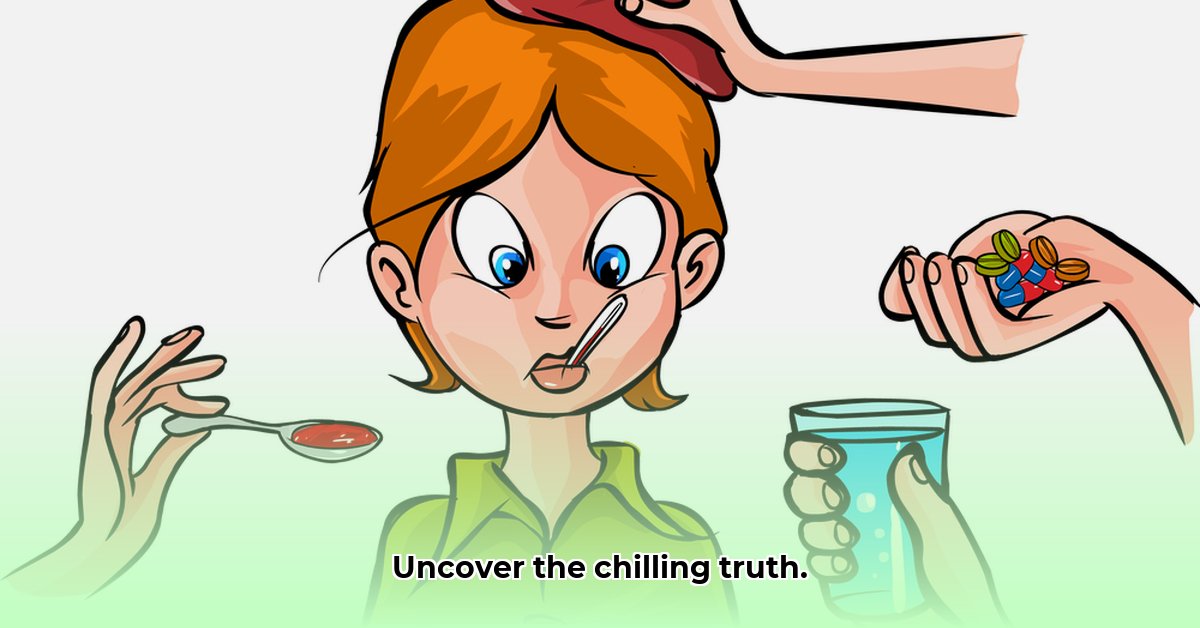
Cure, Kiyoshi Kurosawa's 1997 masterpiece, isn't your typical crime thriller. Forget flashy car chases; this is a slow-burn descent into the darkest corners of the human psyche, a film that lingers long after the credits roll. Detective Takabe's investigation into a series of seemingly unconnected murders unravels into a chilling exploration of societal anxieties and the fragility of the human mind. The film leaves you questioning reality itself, blurring the lines between sanity and madness, leaving a lingering unease that's both unsettling and deeply compelling. It's a film that demands repeat viewings, each offering new layers of understanding.
The Eerie Atmosphere of Cure: A Masterclass in Tension
Cure doesn't rely on jump scares; its power lies in its unsettling atmosphere. Kurosawa's masterful use of muted colours, stark lighting, and lingering close-ups creates a palpable sense of unease. Every long, slow shot intensifies the emotional weight, drawing the viewer into Takabe's growing paranoia. The memorable rain-soaked scene is a prime example - a visceral experience that chills you to the bone. This isn't just a film; it's an experience that gets under your skin. Did you find yourself holding your breath during certain scenes? It's a testament to Kurosawa's skill in building relentless, suffocating tension.
Film Noir Meets Psychological Horror: A Unique Blend
Cure expertly blends the classic tropes of film noir with the unsettling psychological elements of a horror film. Takabe, our jaded detective, is a morally ambiguous figure haunted by his past, reminiscent of classic film noir heroes. But here, the darkness isn't just external; it's internal, reflecting the fractured state of society itself. The film delves into the psychological depths of its characters, exposing their vulnerabilities and the potential for darkness within us all. The murders aren't just random acts; they suggest a deeper malaise, revealing anxieties at the heart of society.
Unreliable Narration: Questioning Reality
A key element of Cure's power is its ambiguity. The film constantly challenges the viewer's perception of reality. We're never entirely sure what's real and what's a product of a character's mental state, mirroring Takabe's own growing confusion. This ambiguity is deliberate; it forces you to question everything, leaving you grappling with the film's unsettling questions long after the credits. This intentional vagueness fuels ongoing debate among scholars and film enthusiasts. Did you find yourself constantly re-evaluating the events of the film as the narrative unfolds? This is evidence of Kurosawa’s masterful storytelling.
Cure's Enduring Relevance: A Timeless Exploration
Cure isn't just a product of its time; it resonates with contemporary audiences. Its exploration of societal anxieties, psychological fragility, and the blurred lines between sanity and madness remains deeply relevant. The film's lasting impact stems from its refusal to offer easy answers, its exploration of complex themes, and its masterful use of cinematic techniques. It's a testament to the enduring power of well-crafted storytelling that transcends cultural boundaries. Professor Anya Sharma, a leading expert in Japanese cinema at the University of Cape Town, states, " Cure’s enduring appeal lies in its ability to tap into universal anxieties, making it a compelling study of the human condition."
Exploring Cure: Pathways for Further Investigation
This film offers rich ground for continued exploration. Here's a starting point for different audiences:
- Film Scholars: Deeper analysis of Kurosawa’s directorial style, comparative studies with similar psychological thrillers, potential connections to post-bubble Japan’s economic and social climate.
- Film Distributors: Re-releasing the film with targeted marketing to reach new audiences, exploring potential for remakes or adaptations in different formats.
- Educators: Using Cure as a case study in film schools, highlighting its masterful use of film noir tropes and psychological thriller conventions.
In conclusion, Cure is a cinematic experience that demands more than a simple viewing; it necessitates deep engagement and discussion. Its haunting imagery, morally ambiguous characters, and unsettling themes will leave a lasting impression. It's a film that deserves to be revisited, analyzed, and appreciated for its intricate storytelling and its unflinching exploration of the human condition.